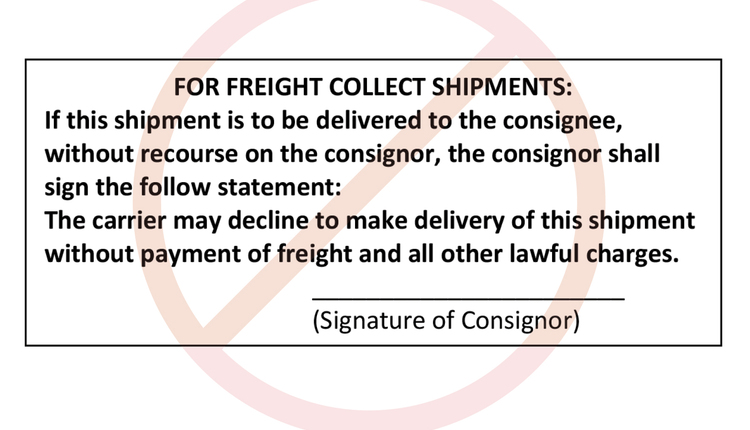This appeared in the November/December, 2018 issue of PARCEL.
As always, PARCEL Forum 2018 was a great event. It was especially enjoyable for me, since I got to meet and visit with the fans — or at least regular readers — of this column.
I had the opportunity to once again present the “Transportation, Logistics and the Law for Parcel Shippers” as a full-day workshop. I have presented this course several times before at the PARCEL Forum. In recent years, the emphasis has been on identifying and minimizing legal and financial risks in the supply chain.
At the conclusion of the course, the attendees are asked to complete a critique sheet, which included this question: “Did you learn anything that you will be able to use at your job in the next 30 days?” Several attendees answered “Yes,” so I would like to summarize those takeaways for this installment of PARCEL Counsel.
One attendee said that she would be more closely reviewing upcoming contracts with regard to two specific points. Her first takeaway relates to a motor carrier’s limits of liability for loss and damage to cargo. While the governing federal statute, known as the Carmack Amendment, calls for full liability of the carrier, carriers are also allowed by statute to limit their liability… and they usually do. Sometimes these limits are clearly stated in the contract, but other times, they may not be contained within the contract itself but in some other document that is “incorporated by reference.”
Her second takeaway related to the fact that the pricing for less-than-truckload (LTL) shipments is often expressed in discounts from a base rate. These discounts are usually substantial, in the 60% or 80% range. What is not as well-known is that when the pricing includes a discount, there is often a parallel provision limiting the claims by a corresponding percent. For example, if an LTL carrier were to offer an 80% discount, they limit their liability for cargo claims to 20% of the claim.
Another topic was mentioned by more than one attendee, and that takeaway related to becoming more aware of the nature of the National Motor Freight Traffic Association (NMFTA) and its primary publication, the National Motor Freight Classification (NMFC). While these attendees were aware of the basic purpose of the NMFC, that is, to classify various types of products in order to determine the rate to be charged, the NMFC contains much more.
Examples of this would include (1) rules for packaging — which, if not followed, would set the stage for an insufficient packaging defense by the carrier in the event of a claim, (2) limiting the time period to seek a refund of a duplicate payment, which does not appear in any federal statute or regulation and (3) mandatory arbitration — whether you like arbitration or not. Unless a shipper contracts out of these provisions through an individually negotiated contract, they will apply to that shipper’s freight if the carrier is a participant in the NMFC.
All for now!
Brent Wm. Primus, J.D., is the CEO of Primus Law Office, P.A. and the Senior Editor of transportlawtexts, inc. Previous columns, including those of William J. Augello, may be found on the PARCEL website at http://parcelindustry.com/by-author-1130-1.html. Your questions are welcome at brent@primuslawoffice.com.













